Home>Gardening & Outdoor>Landscaping Ideas>How Long To Wait To Cut Grass After Treatment
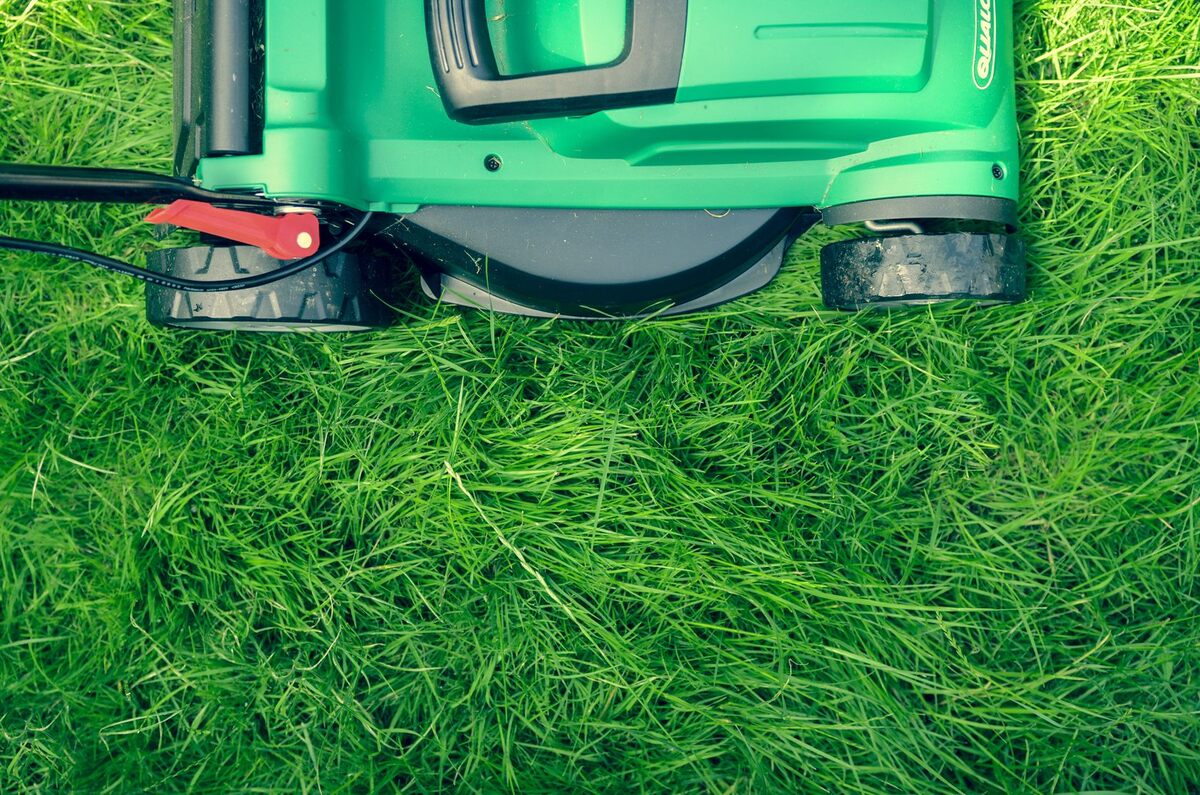

Landscaping Ideas
How Long To Wait To Cut Grass After Treatment
Modified: January 28, 2024
Discover the best landscaping ideas for waiting to cut grass after treatment. Learn how long to wait and keep your lawn healthy and vibrant.
(Many of the links in this article redirect to a specific reviewed product. Your purchase of these products through affiliate links helps to generate commission for Storables.com, at no extra cost. Learn more)
Introduction
So, you've just treated your lawn with some much-needed care. Perhaps you've applied fertilizer, weed killer, or pest control products to ensure your grass stays healthy and vibrant. Now, as you gaze out at your lawn, you might be wondering, "How long should I wait to cut the grass after treatment?" It's a common question among homeowners who take pride in maintaining a lush and beautiful lawn.
Understanding the ideal waiting time before mowing your lawn post-treatment is crucial for ensuring the effectiveness of the products you've applied. Cutting the grass too soon can potentially diminish the benefits of the treatment, while waiting too long might lead to overgrown and unruly grass. In this article, we'll delve into the factors that influence the waiting time after grass treatment, explore the waiting periods for different types of treatments, and provide best practices for post-treatment lawn care. By the end, you'll have a comprehensive understanding of how to time your lawn mowing to maximize the benefits of your grass treatments.
Key Takeaways:
- Wait 24-48 hours after applying fertilizer before mowing your lawn. Adjust mower height, use sharp blades, and collect clippings for best post-treatment care.
- Understand the type of treatment used and follow specific waiting times for weed killers and pest control products. Observe best practices like mowing when dry and following post-treatment guidelines for a healthy, vibrant lawn.
Understanding Grass Treatment Products
Before we discuss the optimal waiting time for cutting grass after treatment, it's important to understand the nature of the grass treatment products you've used. These products typically fall into three main categories: fertilizers, weed killers, and pest control treatments.
Fertilizers: Fertilizers are designed to provide essential nutrients to your grass, promoting healthy growth and vibrant greenery. They often contain a blend of nitrogen, phosphorus, and potassium, along with other micronutrients. Depending on the type of fertilizer you've applied, it may require different waiting times before mowing to allow for proper absorption and utilization by the grass.
Weed Killers: Weed killers, also known as herbicides, target unwanted weeds that can encroach upon your lawn, competing with the grass for resources. These products work by disrupting the growth or metabolic processes of the weeds while sparing the grass. The waiting time after applying weed killers is crucial to ensure that the product has sufficient time to translocate throughout the weed's system before mowing the lawn.
Pest Control Treatments: Pest control products are designed to combat insects and other pests that can damage or weaken your grass. These treatments may come in various forms, such as granules or liquid sprays, and they often require a specific waiting period to allow the active ingredients to take effect before mowing.
Each type of grass treatment product has its own unique formulation and mode of action, which influences the recommended waiting time before mowing. By understanding the specific characteristics of the products you've used, you can make informed decisions about when to resume regular lawn maintenance activities without compromising the effectiveness of the treatments.
Factors Affecting Waiting Time
The waiting time before cutting grass after treatment is influenced by a variety of factors, each of which plays a role in determining the optimal timing for mowing your lawn. Understanding these factors is essential for ensuring that the grass treatments have the desired impact and that your lawn remains healthy and vibrant.
Type of Treatment Product: The specific type of grass treatment product you've applied is a primary factor in determining the waiting time. As mentioned earlier, fertilizers, weed killers, and pest control treatments each have unique formulations and modes of action, which dictate the necessary duration for the products to take effect before mowing can safely resume.
Weather Conditions: The prevailing weather conditions can significantly impact the waiting time after grass treatment. Rainfall, temperature, and humidity levels all play a role in how quickly the treatment products are absorbed and utilized by the grass. Additionally, excessive moisture or extreme heat can affect the effectiveness of the treatments, potentially necessitating adjustments to the waiting period.
Grass Growth Rate: The growth rate of your grass, which can vary based on the grass species and environmental conditions, influences how quickly the effects of the treatment products manifest. Faster-growing grass may require a shorter waiting period to prevent overgrowth, while slower-growing varieties may tolerate a slightly longer interval before mowing.
Treatment Application Method: Whether you've applied the treatment products as granules, liquid sprays, or other formulations can impact the waiting time. Different application methods affect the absorption and distribution of the products within the grass, which in turn influences the duration required for the treatments to become fully effective.
Specific Product Instructions: Always refer to the instructions provided with the grass treatment products. Manufacturers often specify the recommended waiting time before mowing, taking into account the product's formulation, intended use, and environmental considerations. Adhering to these guidelines helps ensure that you achieve the best results from the treatments.
By considering these factors and their implications for the waiting time after grass treatment, you can make informed decisions about when to proceed with mowing your lawn, ultimately maximizing the benefits of the treatments while maintaining a healthy and attractive lawn.
Waiting Time for Different Types of Grass Treatments
The waiting time before cutting grass after treatment varies depending on the type of grass treatment applied. Understanding the specific waiting periods for different treatments is essential for ensuring that the products have sufficient time to deliver their intended effects. Let’s explore the recommended waiting times for various types of grass treatments:
Fertilizers:
After applying a granular fertilizer to your lawn, it’s generally advisable to wait 24 to 48 hours before mowing. This waiting period allows the granules to dissolve and the nutrients to be absorbed by the grass. For liquid fertilizers, a waiting time of 12 to 24 hours is typically recommended to ensure proper uptake by the grass.
Read more: How Long To Wait To Cut Grass After Aerating
Weed Killers:
The waiting time after applying weed killers, particularly selective herbicides that target specific weeds while sparing the grass, can range from 24 to 72 hours. It’s crucial to allow sufficient time for the herbicide to translocate throughout the weeds’ systems, ensuring effective control, before mowing the lawn.
Pest Control Treatments:
For pest control treatments, such as insecticides or grub control products, the waiting time before cutting the grass can vary. In general, a waiting period of 24 to 48 hours is recommended to allow the active ingredients to take effect and provide protection against pests before mowing the lawn.
It’s important to note that these waiting times are general guidelines, and specific product instructions should always be followed. Manufacturers may provide precise recommendations based on the formulation and intended use of their grass treatment products. By adhering to these guidelines, you can ensure that the treatments have the desired impact without compromising their effectiveness.
Best Practices for Cutting Grass After Treatment
After applying grass treatment products, it’s essential to follow best practices when resuming lawn mowing to maintain the effectiveness of the treatments and promote the health of your grass. Here are some key best practices to consider:
Observe the Waiting Period:
Respect the recommended waiting time before cutting the grass after treatment. This allows the products to take full effect and ensures that the grass receives the intended benefits without interference from mowing.
Adjust Mower Height:
When it’s time to mow the lawn after treatment, adjust your mower to a higher cutting height. This helps prevent stress on the grass and allows it to recover more effectively, especially after the application of fertilizers or weed killers.
Use Sharp Blades:
Ensure that your lawn mower blades are sharp to achieve clean and precise cuts. Dull blades can tear the grass, leading to frayed edges that are more susceptible to disease and stress, particularly after the application of treatment products.
Mow When Dry:
Choose to mow the lawn when the grass and soil are dry. Mowing wet grass can result in clumping and uneven cuts, potentially hindering the recovery of the grass after treatment.
Collect Grass Clippings:
Consider collecting grass clippings, especially after applying pest control treatments. This helps prevent the spread of potentially harmful residues and ensures that the grass can thrive without any impediments.
Read more: How Long After Fertilizing To Cut Grass
Follow Post-Treatment Guidelines:
Some grass treatment products may have specific post-application guidelines, such as avoiding excessive watering or limiting foot traffic on the lawn. Adhering to these recommendations can enhance the effectiveness of the treatments and support the overall health of your grass.
By incorporating these best practices into your post-treatment lawn care routine, you can optimize the results of the grass treatments and contribute to the long-term well-being of your lawn.
Conclusion
Understanding the appropriate waiting time for cutting grass after treatment is fundamental to maintaining a healthy and vibrant lawn. By considering the type of treatment products used, the influencing factors, and the specific waiting periods for different treatments, homeowners can make informed decisions to maximize the benefits of their grass care regimen.
Following the recommended waiting periods for fertilizers, weed killers, and pest control treatments is crucial for allowing the products to take full effect without interference. By observing best practices when mowing the lawn after treatment, such as adjusting mower height, using sharp blades, and collecting grass clippings, homeowners can further support the recovery and long-term health of their grass.
Ultimately, the goal of grass treatment is to nurture a lush, resilient lawn that enhances the beauty of your outdoor space. By understanding the dynamics of grass treatment waiting times and embracing best practices for post-treatment lawn care, homeowners can achieve and maintain a thriving and visually appealing lawn that becomes the envy of the neighborhood.
With this comprehensive understanding of waiting times and post-treatment care, you are well-equipped to make informed decisions and ensure the success of your grass treatments, paving the way for a stunning and resilient lawn that you can enjoy year-round.
Frequently Asked Questions about How Long To Wait To Cut Grass After Treatment
Was this page helpful?
At Storables.com, we guarantee accurate and reliable information. Our content, validated by Expert Board Contributors, is crafted following stringent Editorial Policies. We're committed to providing you with well-researched, expert-backed insights for all your informational needs.
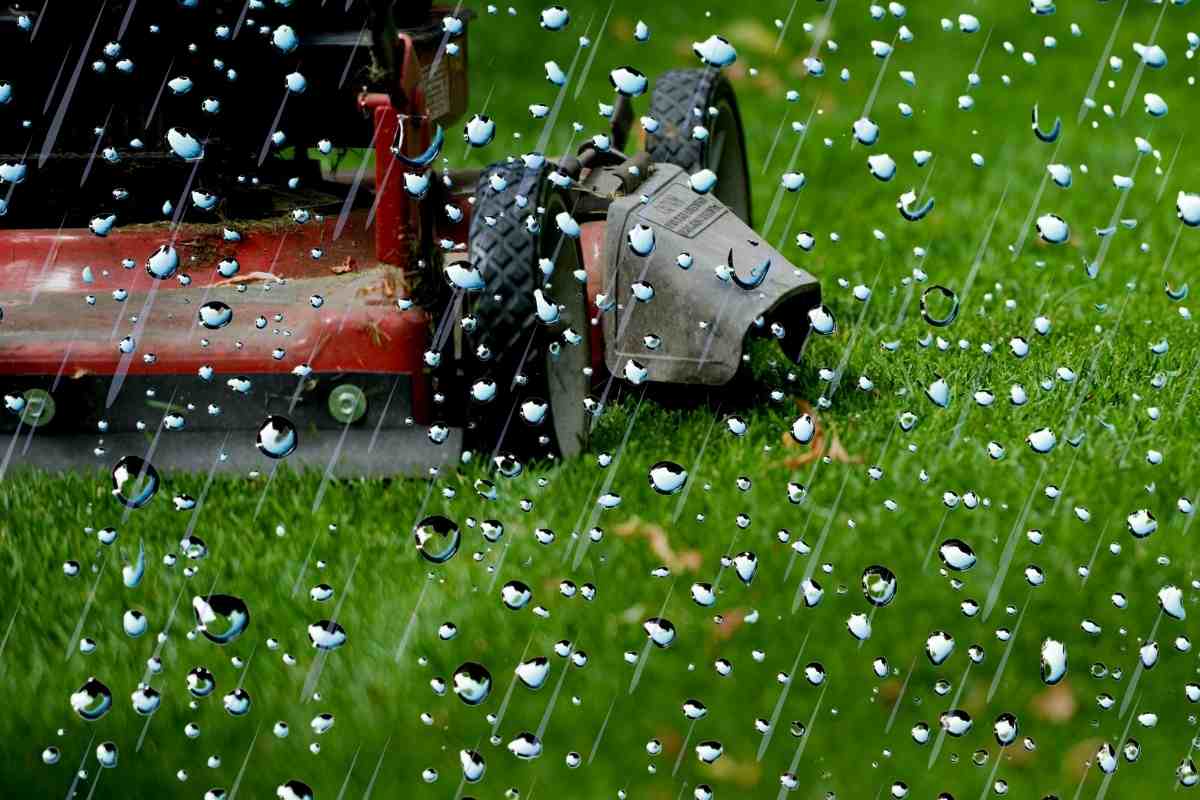
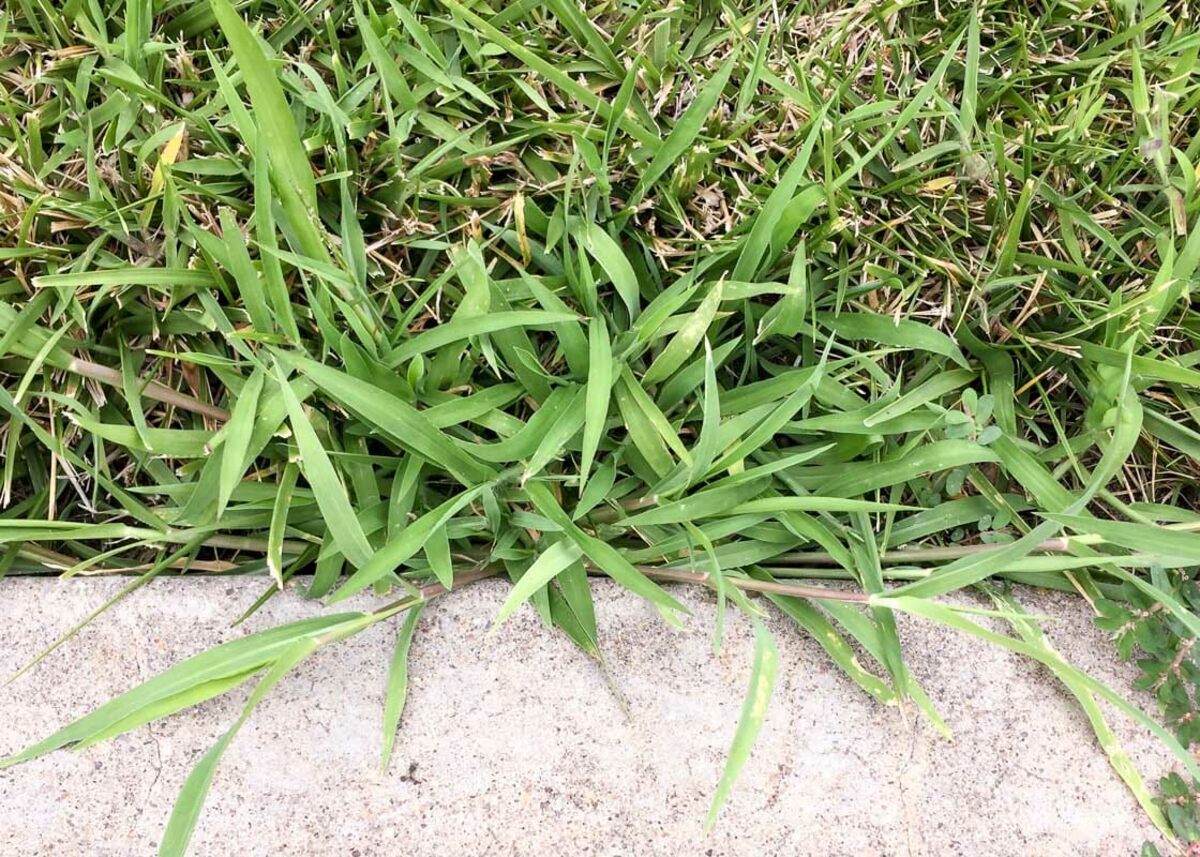
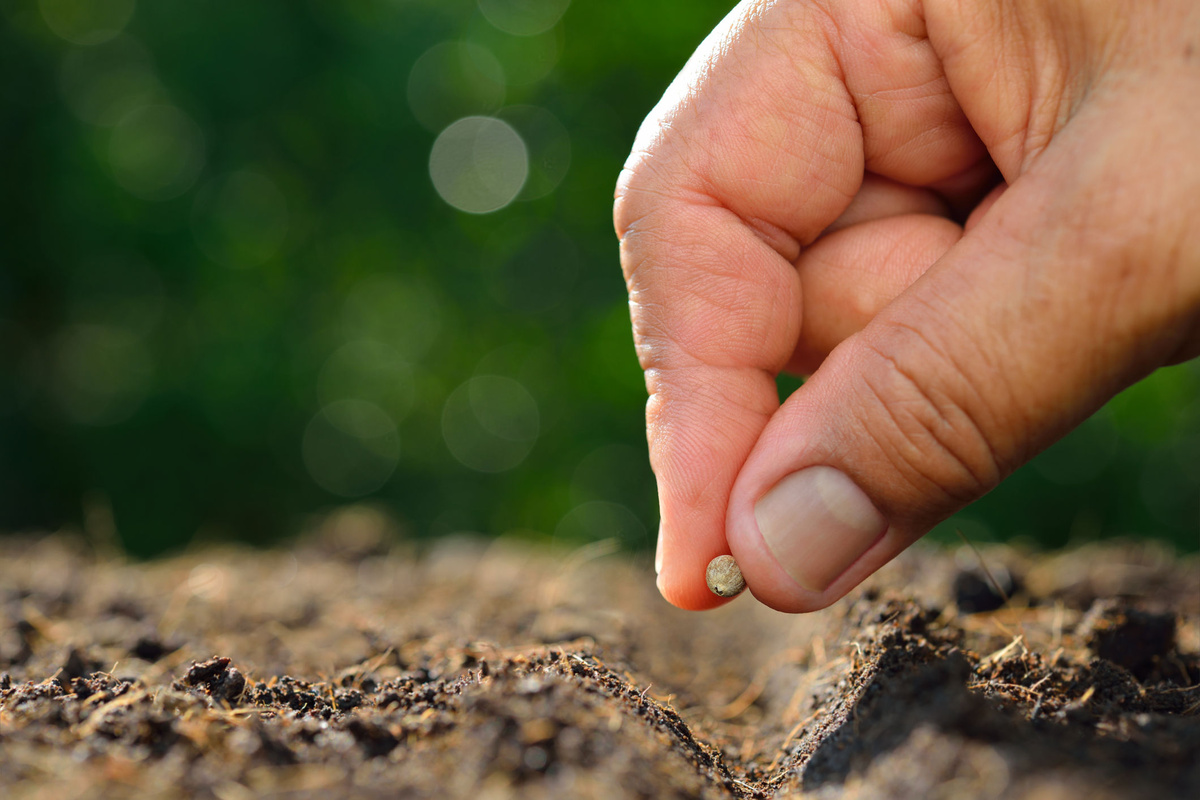
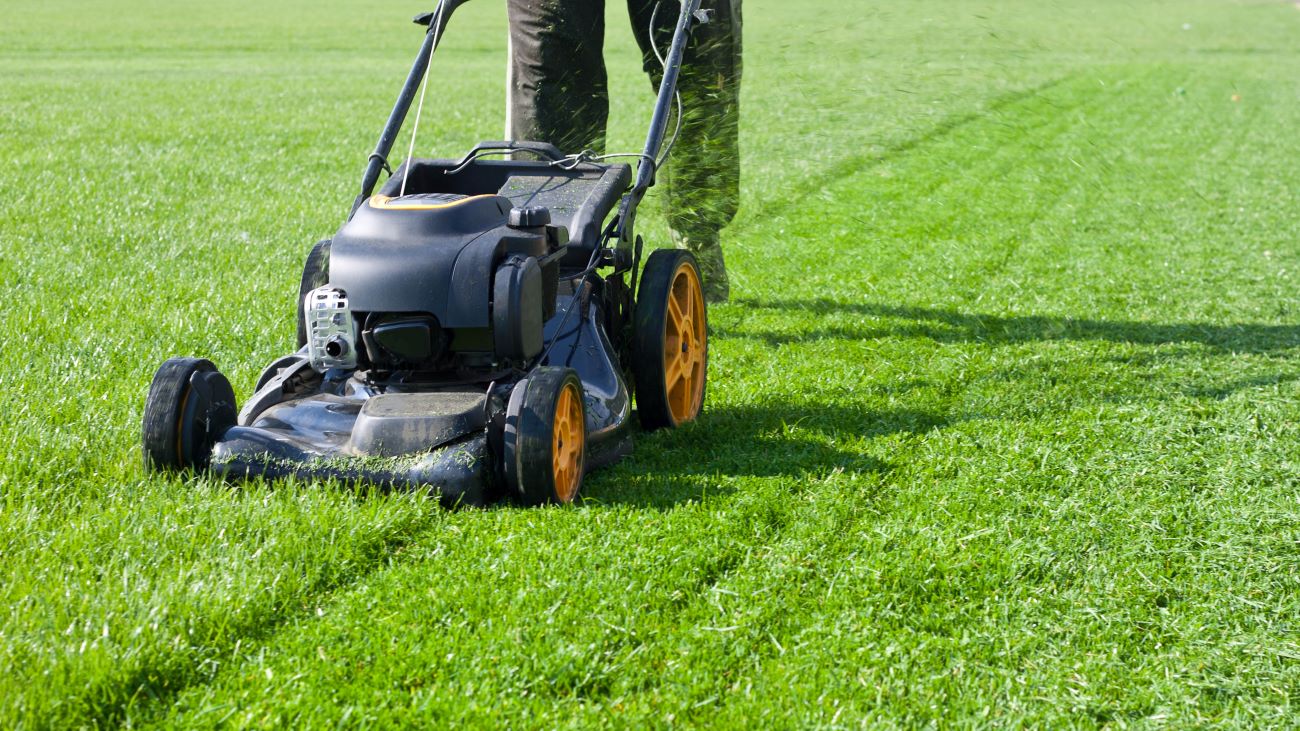
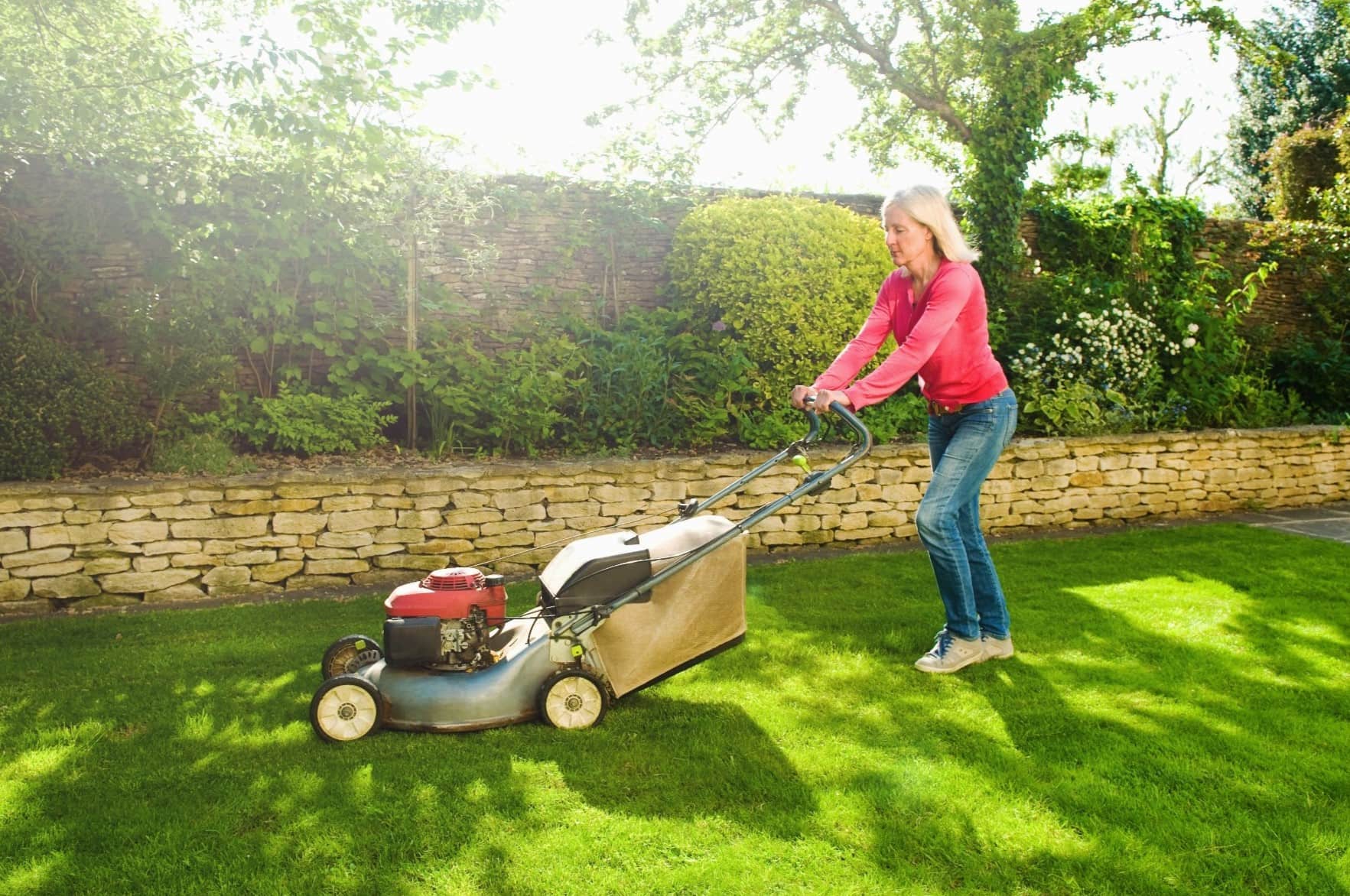
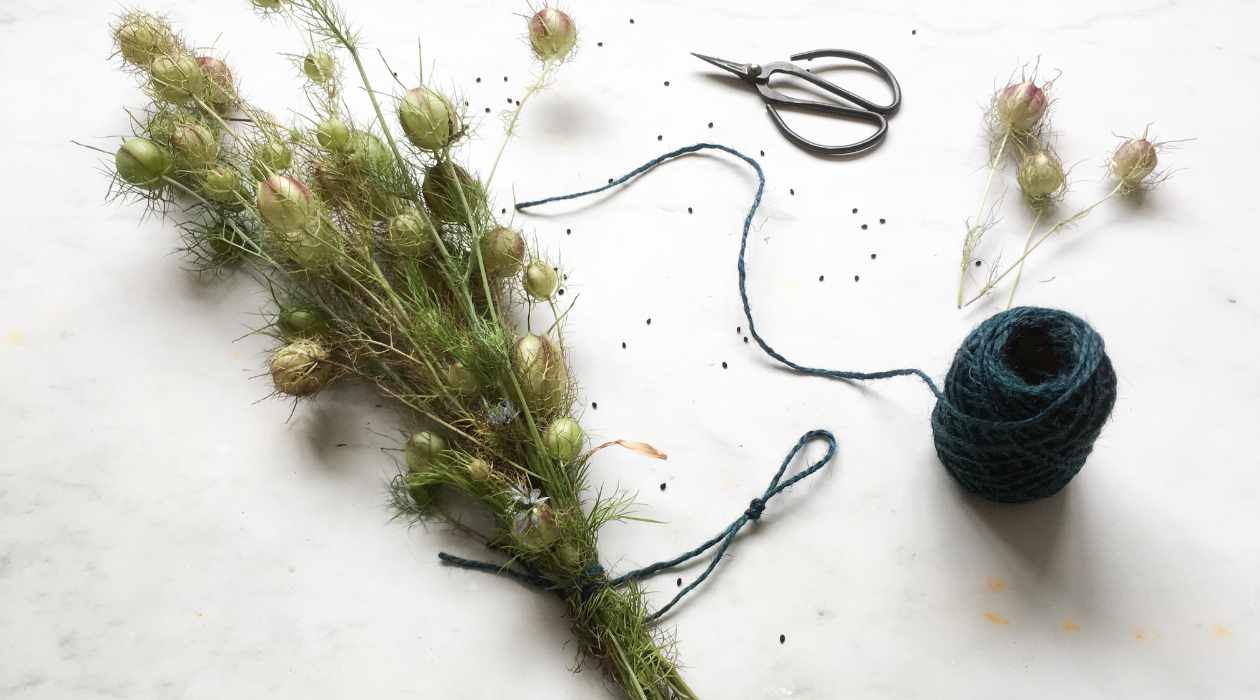
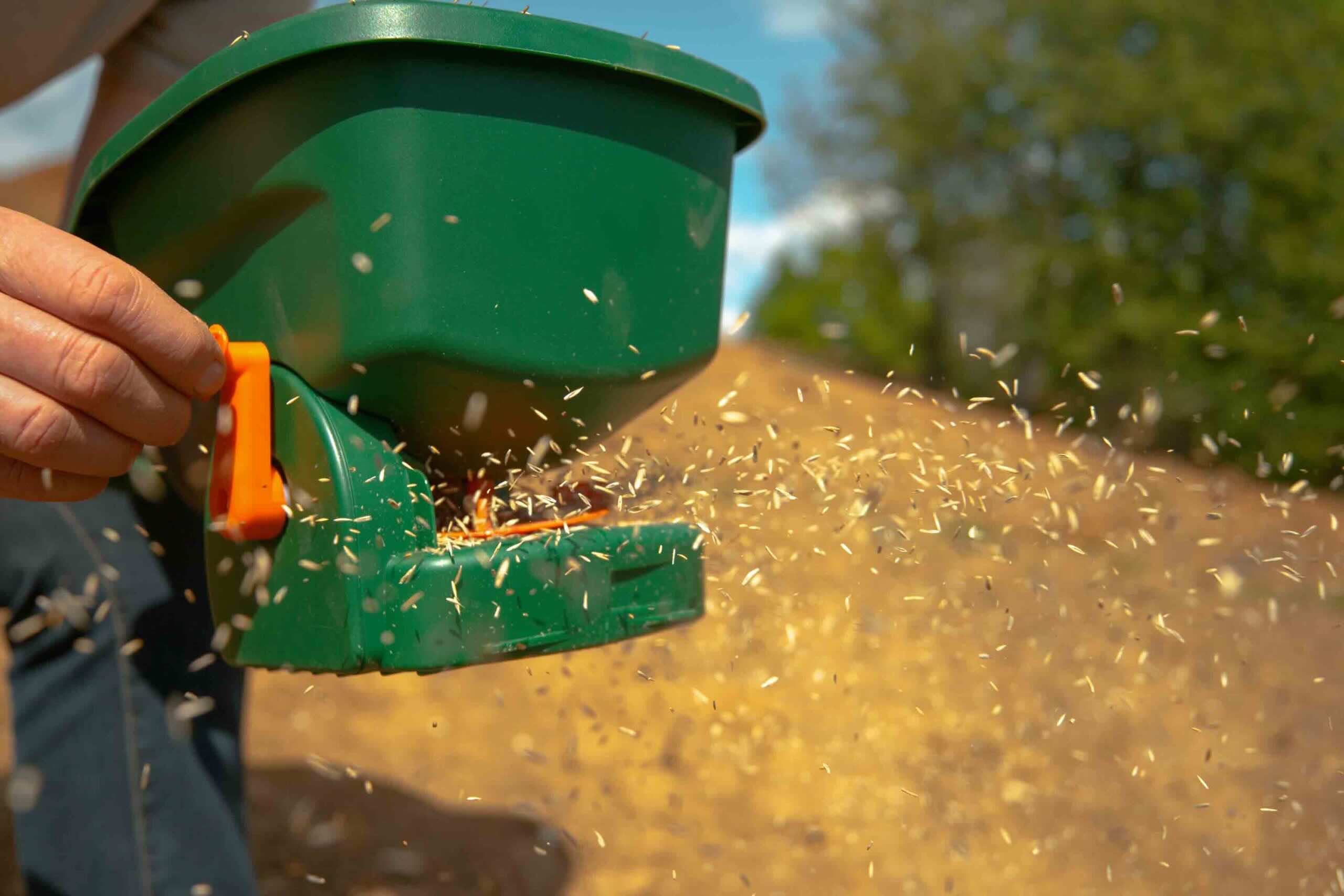
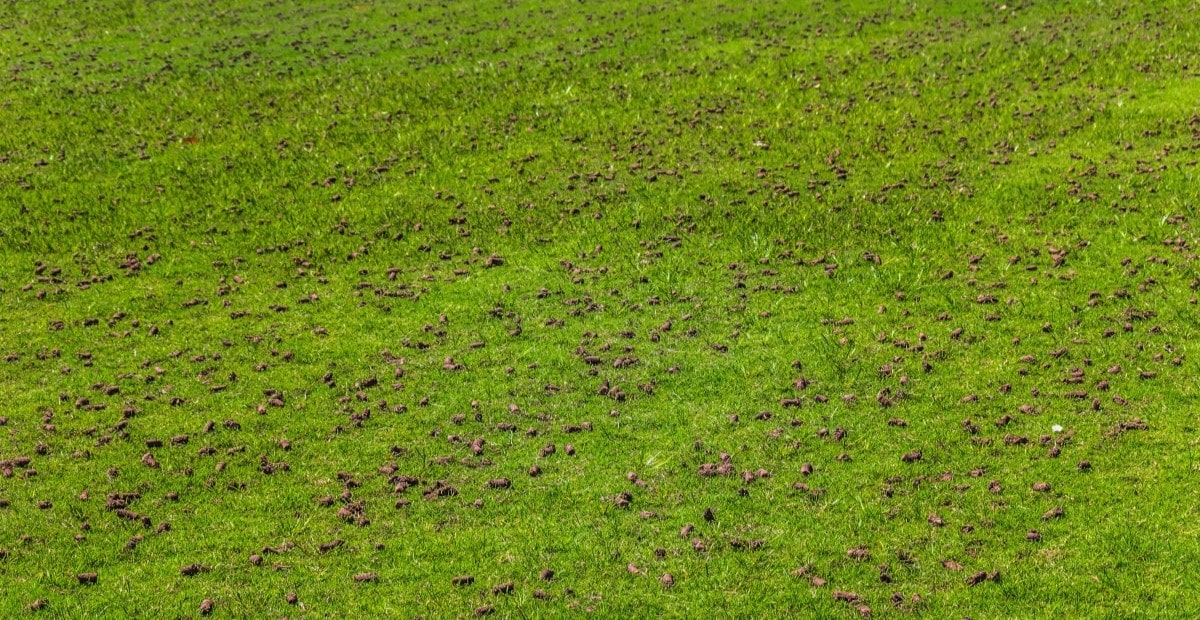
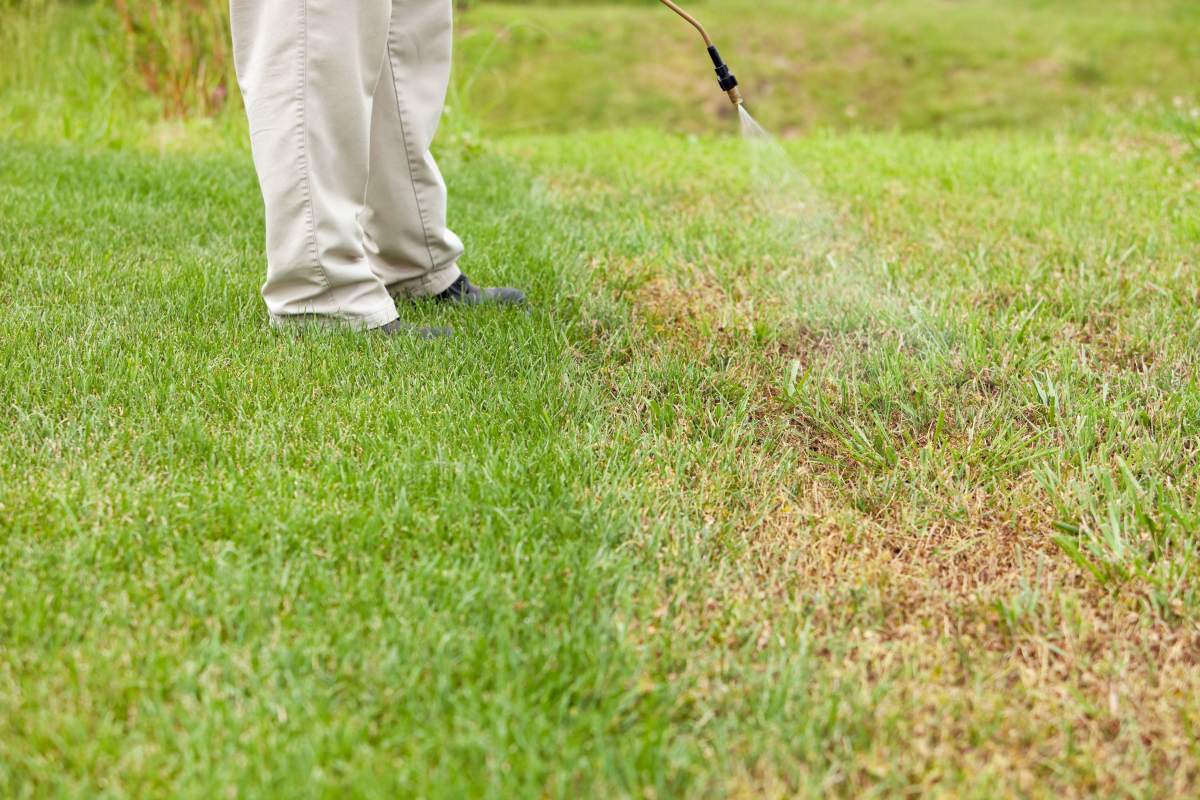
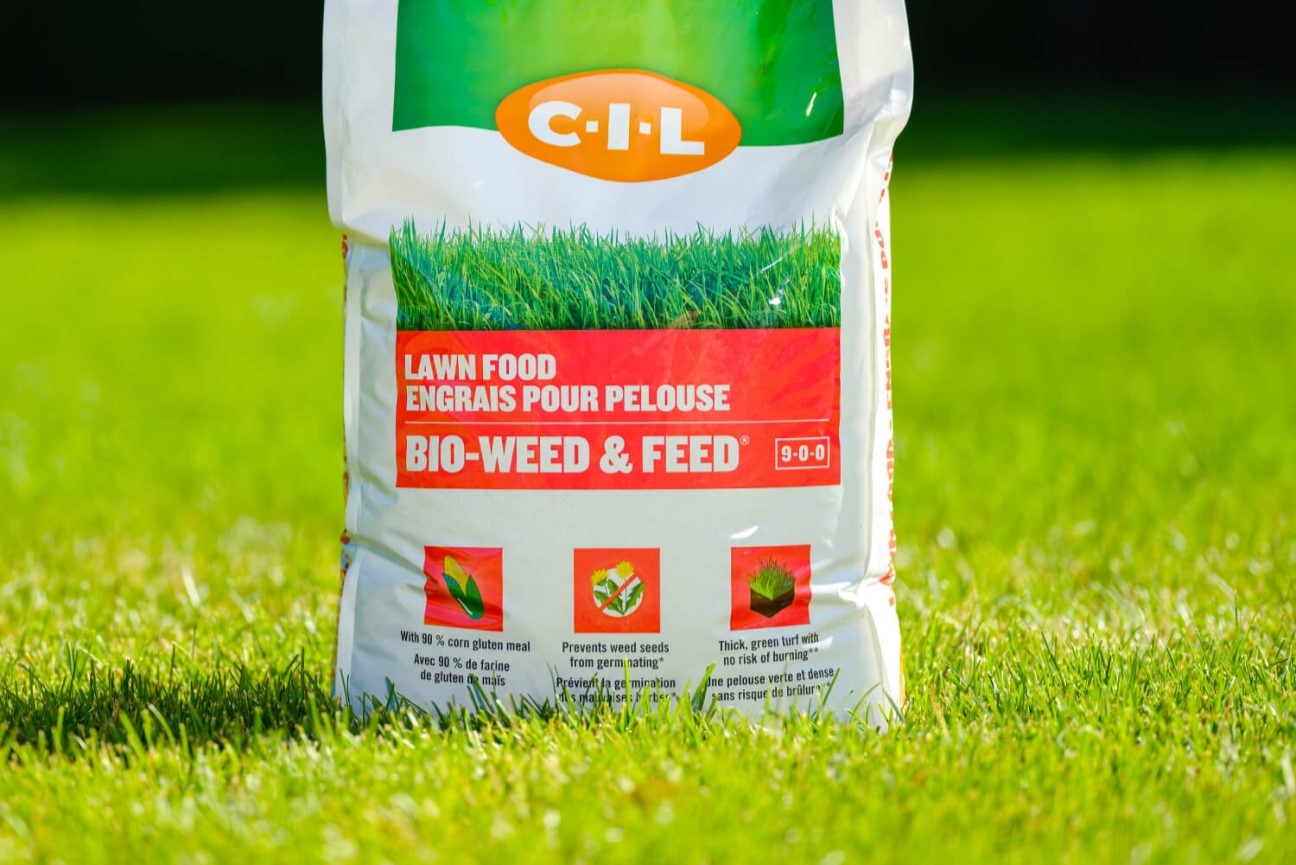
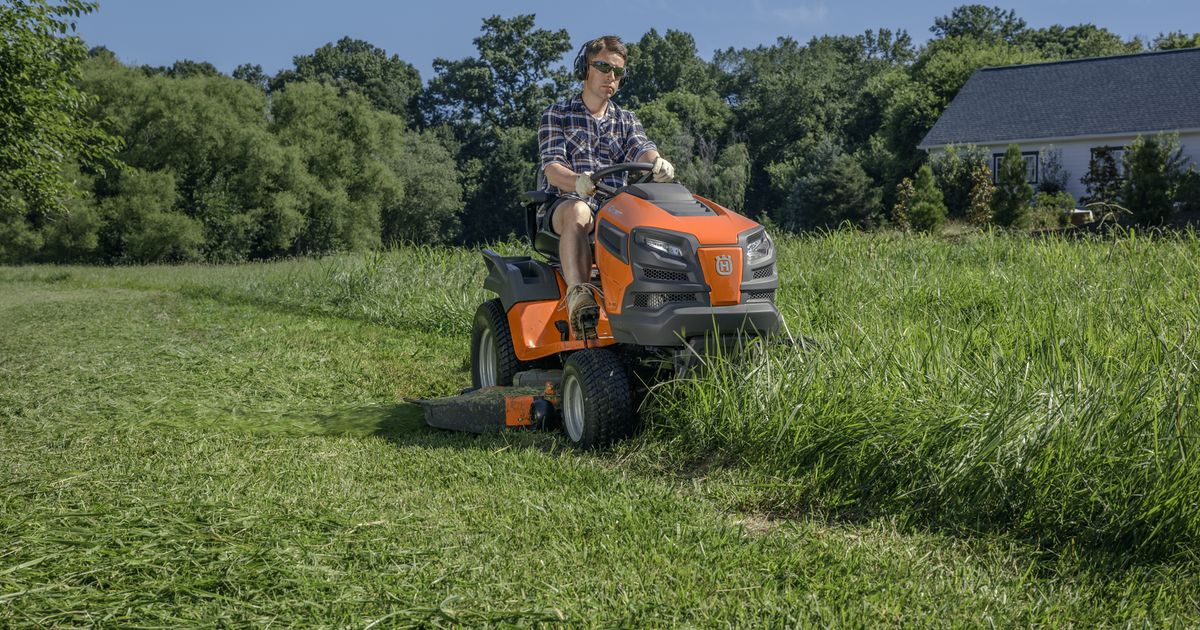


0 thoughts on “How Long To Wait To Cut Grass After Treatment”